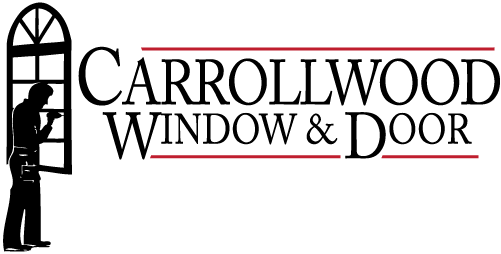If you are in the market for a new door you may be discovering that it is not as simple as you thought. You probably don’t typically think much about what goes into your entry door but are discovering that there is actually a lot more to it than you realized. These days, entry doors perform many functions including security, energy efficiency and added curb appeal to your home. In addition, your entry door is probably one of the most used doors in your home and is required to withstand a lot of wear and tear.? If you are shopping for a new entry door it can help to understand its functions and components.
Frame: The frame is the structure that encloses and supports the entire door system.
Casing: The casing is the interior molding portion of the door which covers the small space between the frame or jamb and the wall of your home.
Jamb: The door jamb is the vertical side of the door. The jamb holds the weight of the door through its hinges.
Hinge: The hinge is a metal plate which holds the door to the frame and allows for ease of opening and closing the door.
Sill: A door sill is the horizontal part of the frame at the bottom of the door which supports the weight.
Drip Cap: A drip cap is installed above the door molding in order to divert water away from the frame.
Transom: The transom consists of ornamental glass which is installed above the door frame.
Sash: The sash is the frame that holds the glass of a transom.
Weather Stripping: This is a material used to seal the edge of a frame and helps to keep weather, air and sound from entering your home.
Doorlites: These are decorative panes of glass which are fitted into a door to improve the aesthetic appeal.
Sidelites: Sidelites are decorative panes of glass which are installed adjacent to the door frame to improve aesthetic appeal.
